John Lennon's friends, collaborators share memories, mementos from him
“He was just happy... happy to think of the years that he had ahead of him."
At 40 years old, John Lennon was learning what made him happy and what he wanted to do for the rest of his life.
Those who knew him best witnessed him go through difficult times both personally and professionally. He had experienced being a member of the Beatles, known as the most successful and influential band in the history of popular music, and then as an independent artist in New York City. In 1980, after a five year hiatus from music, Lennon was finally content and living in New York City with his wife Yoko Ono and young son Sean when his life was suddenly cut short.
40 years later his friends and collaborators hold on to memories, songs and objects that Lennon had left them with.
Watch the premiere of "20/20," "John Lennon: His Life, Legacy, Last Days," on Friday, Oct 16 at 9 p.m. ET on ABC.
Jack Douglas, legendary record producer
Douglas produced Lennon’s classic 1971 “Imagine” album and his final two records, both with Yoko Ono: “Double Fantasy” and “Milk and Honey.” Douglas also famously produced for Aerosmith, Miles Davis, Cheap Trick, The Who.
“One day I could hear the phone ringing... the voice came on and said, ‘If you're interested in doing something really interesting and different, you will be at the 33rd Street pier where the seaplanes land tomorrow at noon,’ Click,” Douglas said. “At the time, I was thinking, you know, ‘I would really love to do something very interesting and mysterious. Why not? And I'll ride in a seaplane. Sounds like fun too.’”
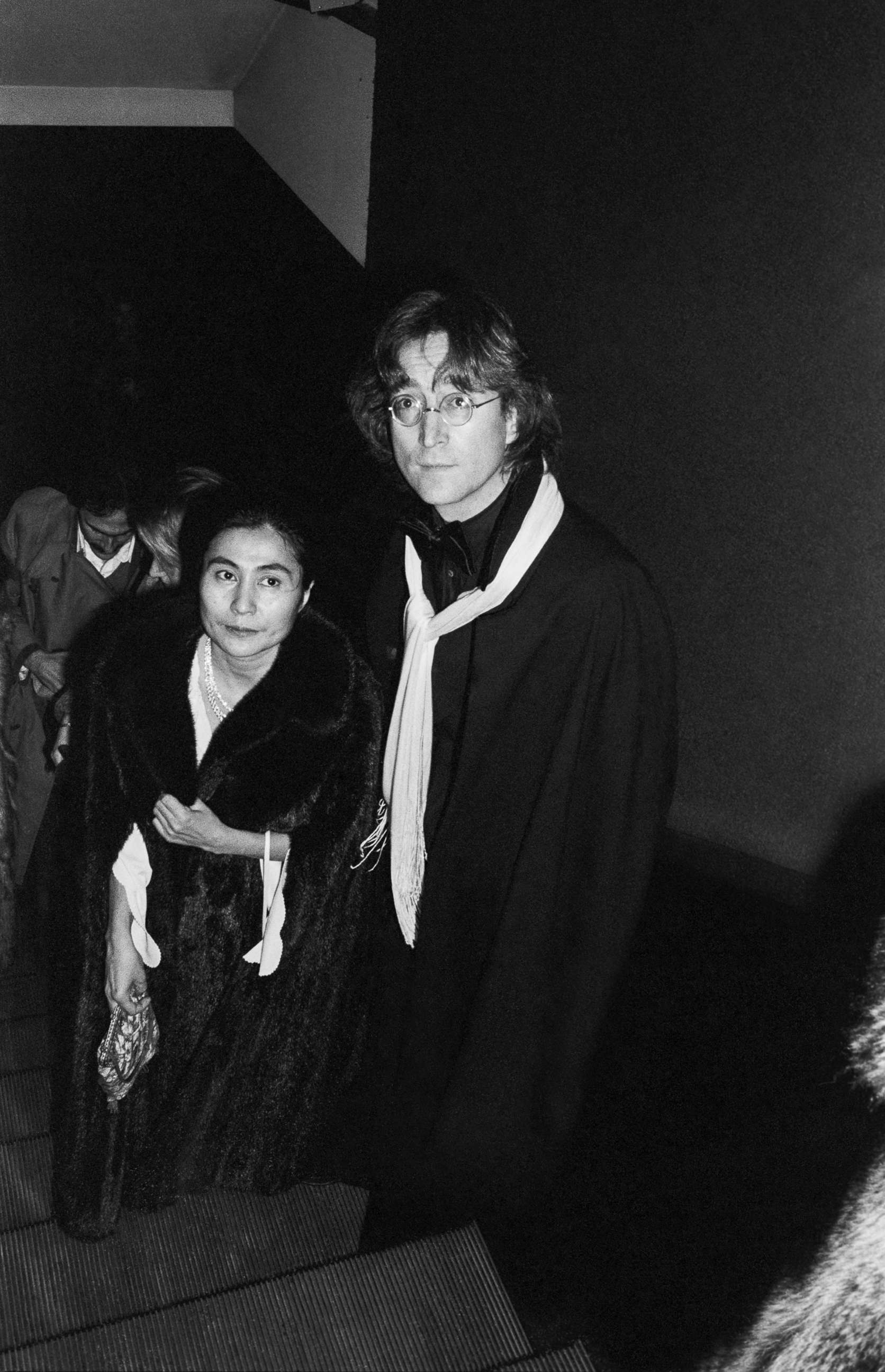
“The plane took off and flew over and down into where they had a mansion,” he remembered. “So I go inside and Yoko said to me, ‘What I tell you now is top secret and you can't ever tell anyone.’ John wants to make another record, and he wants you to produce it.”
“She hands me an envelope and it said, ‘For Jack's ears only.’ The phone rang and it was John, and [he] said, ‘Listen to the cassettes that are in that envelope, and if you think it's crap, call me up and tell me and we won't even bother. But if you think it's good material, let's go into the studio and do it.’”
“I went back and I listened, and I was amazed,” he said. “I made phone calls to people I knew were his age, [and] were great musicians, like Tony Levin and Hugh McCracken and George Small and Andy Newmark. I told John that we're gonna bring in a wild card: Earl Slick. Earl had played with David Bowie.”
“The sessions were all fun,” Douglas said. “We jammed a lot. We played a lotta Beatles songs in between takes sometimes, and if a Beatles song came on the radio, everything stopped and he would tell us the story of how that song was made and what happened that day. His absolute love for the Beatles was so obvious to us. In fact, he said he loved them. They were his brothers. He loved that band. That was his band.”

Douglas was with Lennon in the studio that fateful night just before he was killed.
“It was myself, John, and Yoko. We were just having a blast making this track out of a loop which became “Walking on Thin Ice,” Douglas remembered. “We finished that night and we said we were going to come in and master the single the next morning. Both John and Yoko were thrilled. They loved the way it came out… It couldn't be any better that night. The future looked great. And so I walked him to the elevator and went home. And somebody was waiting for him there.”
Rick Nielsen, guitarist
In 1980, Cheap Trick legend Rick Nielsen was invited to play guitar with John Lennon on a new record.
“It’s a big secret, you can’t tell anybody,” he remembered.
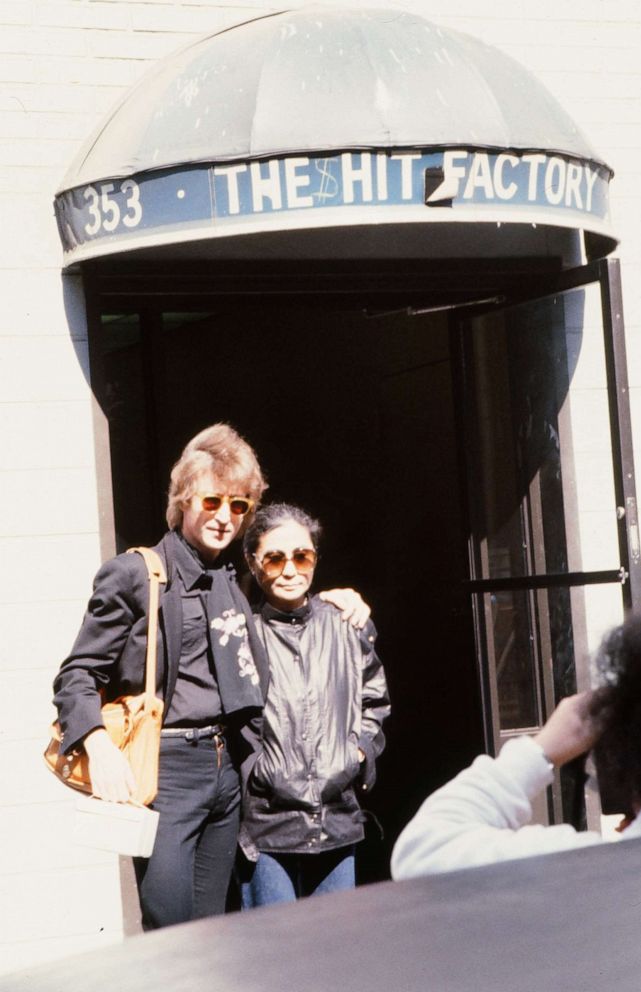
“I was playing a guitar… This is a 1963 Fender Telecaster, but it has a Parsons White StringBender on it which is fairly rare, especially rarer back then,” Nielsen said. “I was playing it and [Lennon] said, ‘Whoa.’ He had never seen one of these. I said, ‘Well, here. I'm leaving tomorrow, I'll pick it up later.’ So he kept it.”
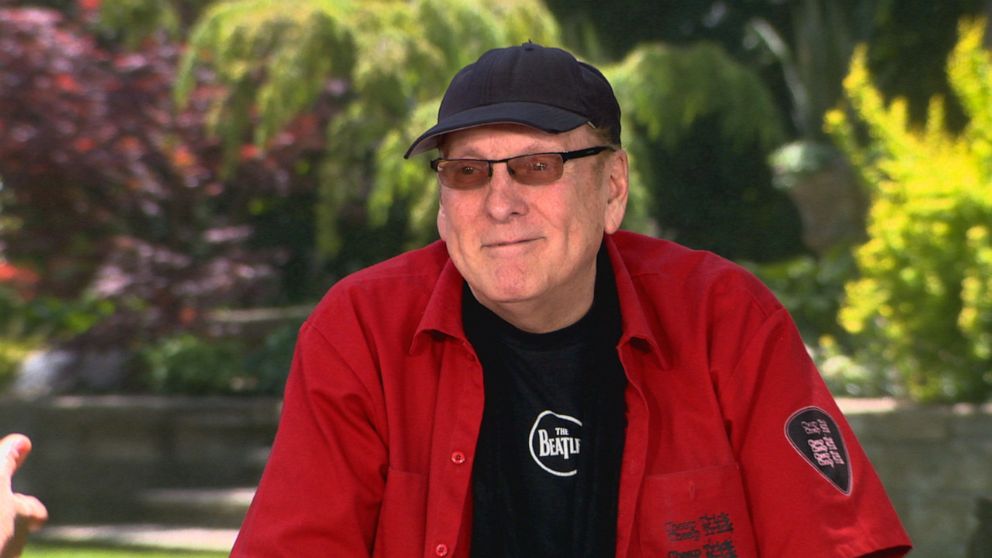
It wasn’t until three years later, after Lennon’s murder, that Nielsen saw the guitar again.
“I got it from Yoko, with a nice little note: ‘John would have wanted you to have this,’” Nielsen said.
Andy Newmark, drummer
Newmark is a drummer who worked with Lennon and Ono on “Double Fantasy,” Lennon’s final studio album, which had been released less than a month before his death.
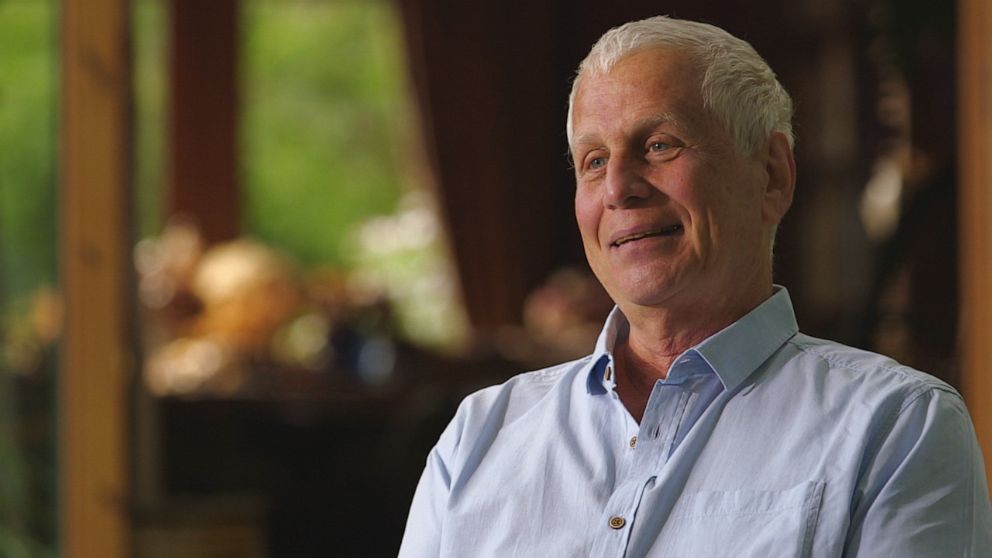
“It was a dark time, and I remember smoking my Winston cigarettes and they were playing all the songs off ‘Double Fantasy’ around the clock,” Newmark said. “It just kind of made it all even more kind of overwhelming and upsetting.”
“He gave me something… We all received a gift delivery from Cartier, and I believe it was just after the murder,” he said. “Yoko and John went to Cartier and picked out [a small silver box for] each of us. You know, people directly involved in the making.”
"Double Fantasy, Christmas 1980, NYC, John and Yoko" is inscribed on the inside of the box’s lid.
“This was really a sweet and sour moment to receive this. And he's been killed but you get this afterwards,” he said. “This has been my most important possession, and I am a minimalist. I throw everything away: gold records, platinum album awards, photos. I keep nothing of my past. Nothing. My whole life could fit into two suitcases… But I would never give this up.”
Laurie Kaye, former newscaster, RKO Radio Networks
Kaye was one of the last people who was with and interviewed Lennon the day he was killed. On Dec. 8, 1980, Kaye spoke to Lennon and Ono in their home at The Dakota apartment building in New York City.
“He was just happy. Happy to be alive and happy to think of the years that he had ahead of him with [his young son], Sean, and making music and with Yoko,” Kaye remembered. “It was just bubbling up from him. It was beautiful.”

“I had brought along a copy of ‘Grapefruit,’ which was Yoko's book of, basically, poetry,” she said. “They [said], ‘Oh, let us autograph that. Let us sign it for you.’ And of course I was thrilled. And to this day, I open it up every once in a while and get inspired.”
“Yoko signed it and John signed it as well as drew a picture of him and Yoko in his typical fashion that I can see in my brain as we speak,” Kaye said. “I look at that autograph from John and Yoko, and I see the picture he drew of them and I'm suddenly transported and I'm inspired all over again.”
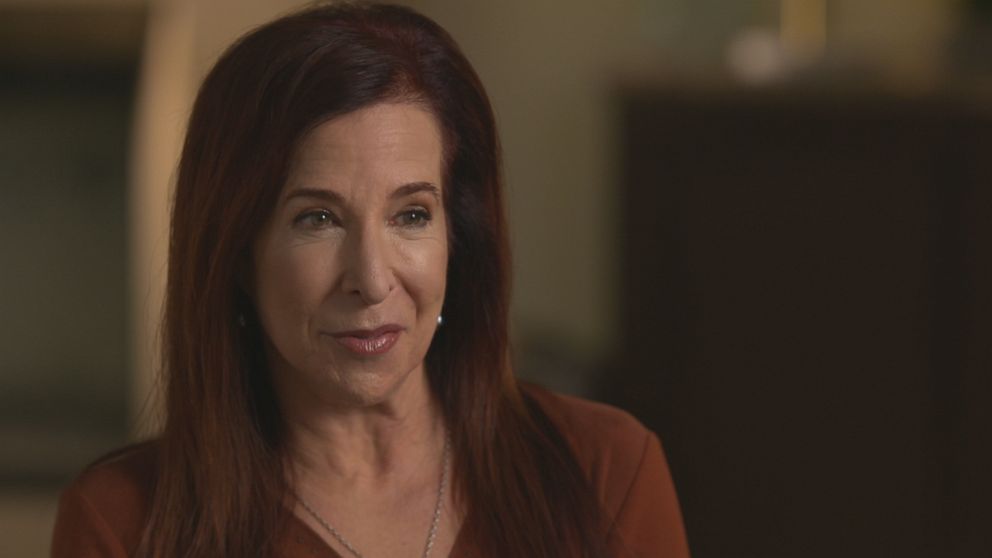
It was only hours after Kaye’s interview that Lennon was fatally shot outside the Dakota.
“What happened the night of Dec. 8, 1980 was unimaginable,” she said. “What had been the best day of my life turned into the worst day of my life.”
“When John talked about death, or wishing that he had many, many, many years left to go, being hopeful about that, that's the most poignant part of the interview right there, given the outcome of that day,” she said. “It breaks my heart every time I hear that.”
Elliot Mintz, friend
Mintz said he met Lennon in 1971 and became "fast friends". He considered him his best friend from 1971 until his death in 1980.
In the wake of John’s death in 1980, Mintz said his “primary role, at that time, was to be present for Yoko,” to whom he remained a dear friend, as well as Lennon's sons, Julian and Sean, in the years that followed.
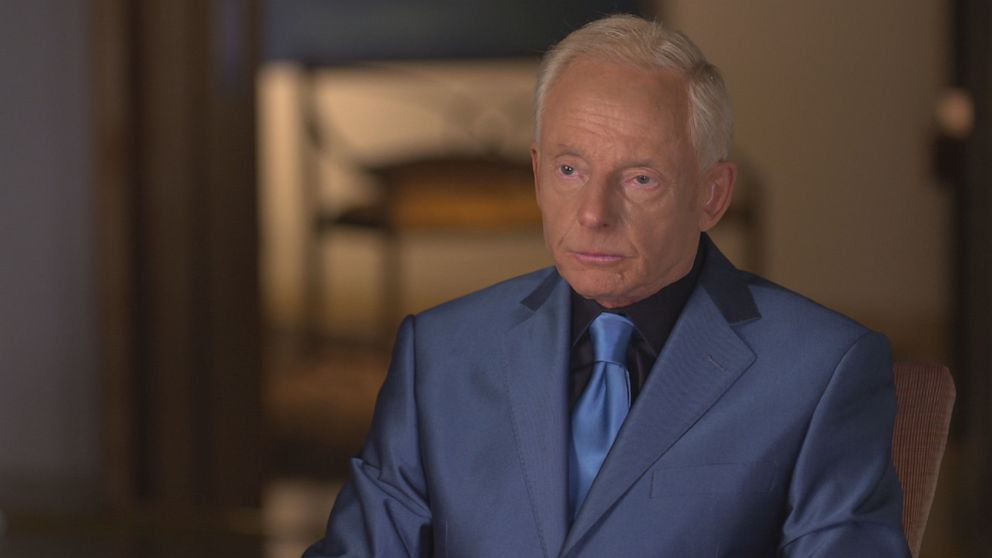
“I remember being upstairs with Yoko… The office received a call from Roosevelt Hospital that they were about to return John's belongings to Yoko,” he said. “I went downstairs and people from the hospital appeared with a brown paper bag that was heavily stapled, I took the bag, which contained the clothes that John wore when he fell and his bloodied glasses and his wallet.”
“This was what was left of John,” he said. “Oh, gosh. I found a closet down a hallway in an area that wasn't used and [I] placed it on a top shelf. That's where the bag remained for a very long time, until I believe there came a moment where Yoko wanted to use the glasses.”
Bob Gruen, renowned rock and roll photographer
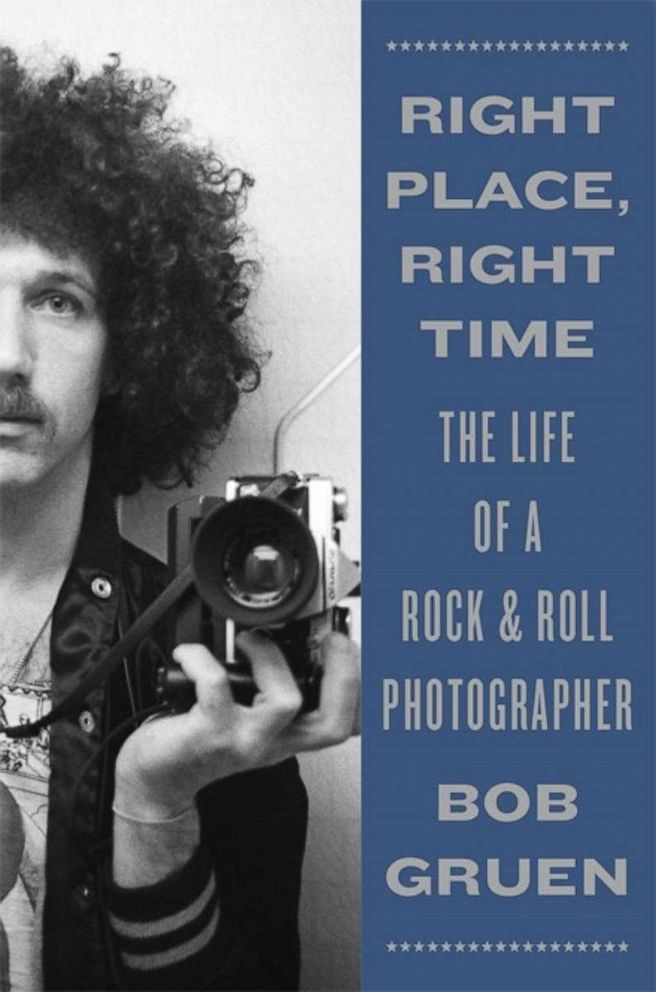
Gruen, whose book "Right Place, Right Time: The Life of a Rock & Roll Photographer" will be out on Oct. 20, was a close friend and personal photographer to Lennon and Ono.
“Going through Times Square, I'd seen some guy selling the New York City T-shirts on the sidewalk. And I bought a few and I bought one and gave it to John,” he remembered.
“It was the summer of '74 when we were taking the pictures on the roof of his apartment, and with the skyline all around us, I said, ‘You still have that t-shirt that I gave you last year?’ And he said, ‘Yeah.’ And I said, ‘Well, why don't you put it on?’ We took a series of pictures. We never really expected that picture was gonna be the one that he would be remembered by so well.”

Those photos became one of Lennon’s most iconic images. In the following years, Gruen saw Lennon evolve as he raised Sean, his second son.
“John spent a lot of time ... being aware of being a father and being aware of life and creating life,” Gruen said. “John learned a lot about growing up, about becoming an adult, about learning responsibility for his family, about learning to control his desires and learning that a sober life is actually a very rewarding life.”
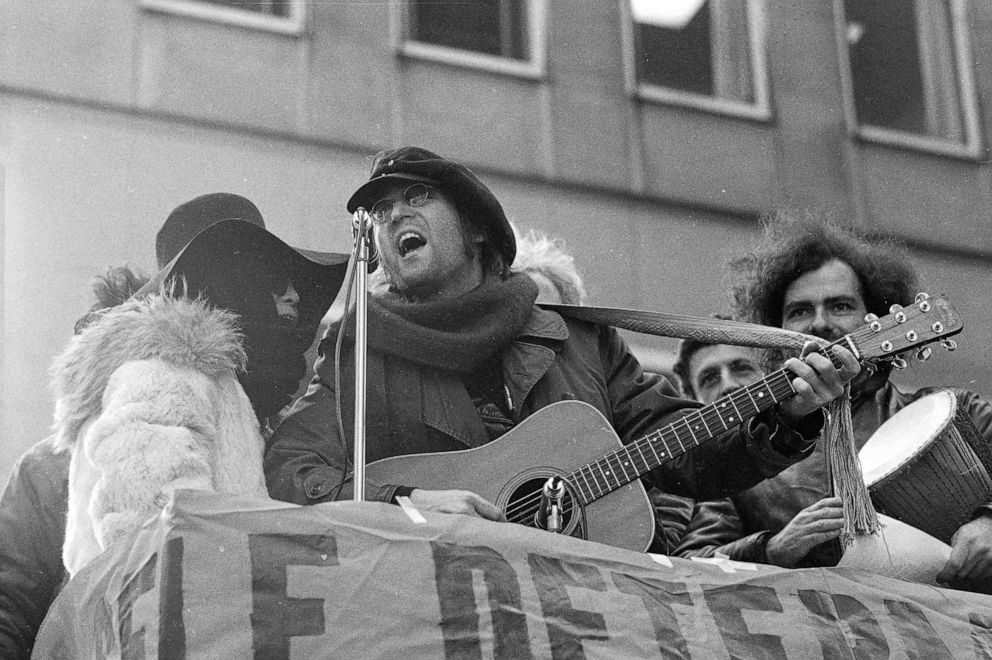
“I don't think John had any idea how important he was to so many people,” Gruen said. “Yoko had to tell Sean that his father wasn't coming home. Sean said, ‘Well, now he's everywhere.’”
“I think that that might have been one of the things that inspired Yoko to call for 10 minutes of silence anywhere in the world, everywhere in the world because John was now everywhere and is everywhere,” he added.

After her husband’s murder, Ono has become an outspoken supporter of gun control, posting this message on Twitter last year: “We are turning this beautiful country into a War Zone. Together, let's bring back America, the green land of Peace.”







